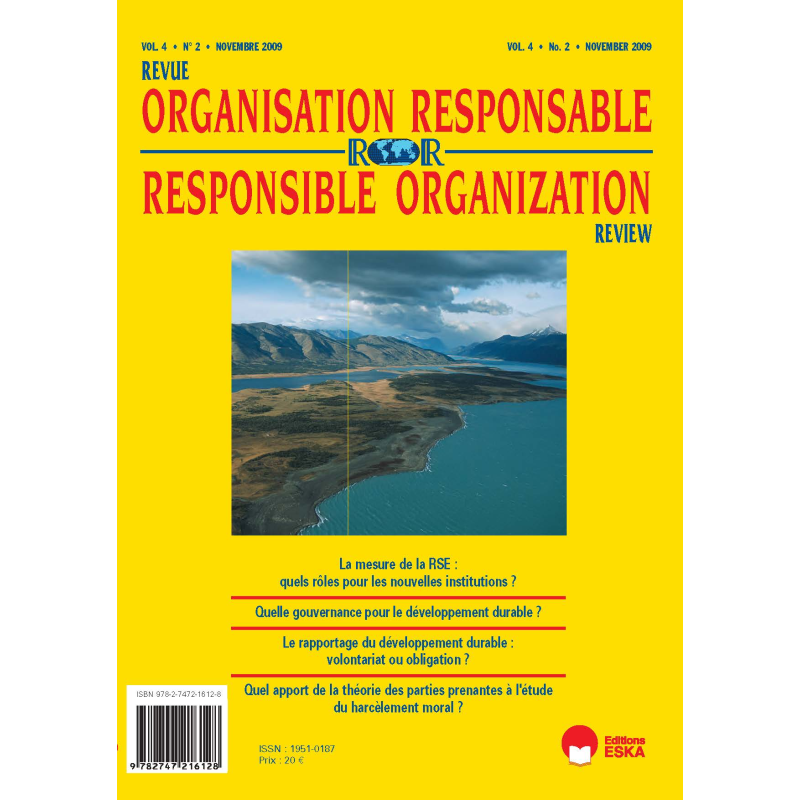



 Security policy
Security policy
(edit with the Customer Reassurance module)
 Delivery policy
Delivery policy
(edit with the Customer Reassurance module)
This paper aims at examining how the governance structure of destinations which are looking for sustainable development can achieve the desired equilibrium between economic growth, cultural and natural patrimony protection, and social equity. The theoretical frame-work is based on the contractual theories and the stakeholder theory. Then the empirical study focuses on Italy’s Cinque Terre National Park whose original governance structure is an hybridization of the two approaches. This study confirms that the two theories are complementary and it leads to two conclusions. First, the integration of involuntary stakeholders like local community, future generations and non-human natural entities in the destination’s governance structure fosters its long-term strategic success. Second, the local community’s culture appears to be a major strategic asset that can create a common base of beliefs between the stakeholders and can favour compromise solutions.